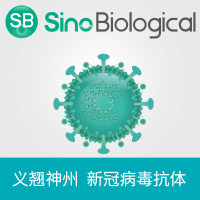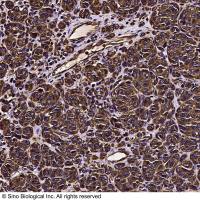Antibody Affinity Optimization Using Yeast Cell Surface Display
互联网
2553
Many biosensors depend on molecular recognition reagents to achieve highly sensitive and specific detection levels of an analyte of interest. Although new and improved detection platforms continue to be developed, improvements in the affinity and specificity of the molecular recognition reagents often dictate the ultimate performance level and utility of the instrument. Accordingly, large effort is placed in discovering and characterizing the reagents to be used for a biosensor application. Antibodies, owing to their unparalleled ability to bind a diverse array of antigens with high affinity and specificity, have been widely used as molecular recognition reagents in the biosensor field. The recent advent of recombinant in vitro antibody display technologies, in general, and yeast surface display, in particular, allow specific traits of a given antibody to be discreetly augmented to enhance biosensor performance. Large variegated libraries derived from existing antibodies already employed in a particular biosensor can be created and screened for mutations that confer a desired improved phenotype leading to enhanced biosensor performance. This chapter will provide a protocol for the affinity maturation of a previously isolated monoclonal antibody, the most widely used application of in vitro directed evolution.









